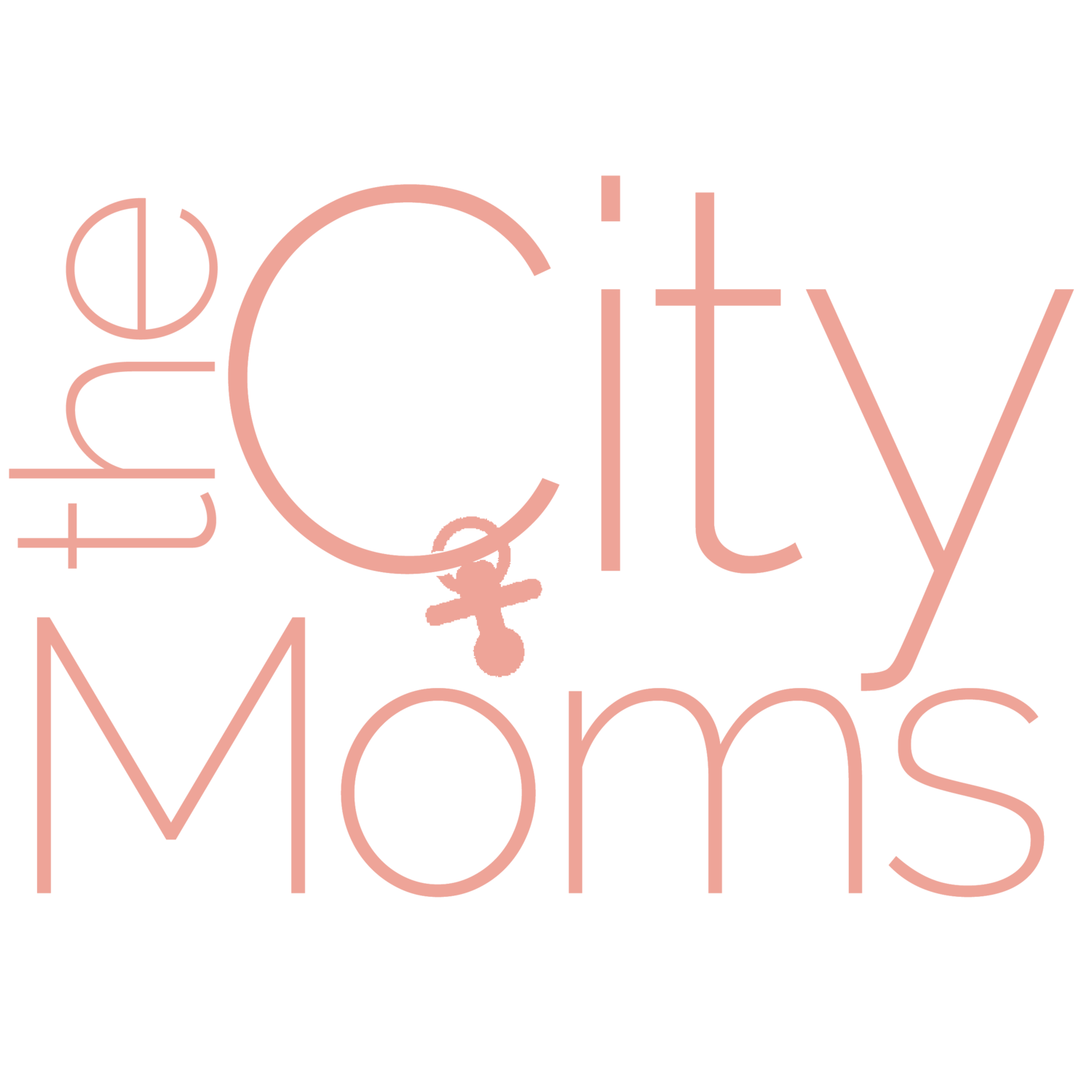Real talk: Rethinking boundaries
If I say the word boundary, how many reels might you have saved on the topic on IG? Or if you scroll for the next 60 seconds how many interactions might you have with boundaries? Go ahead and check, I’ll wait!
Here’s the deal, I’m a therapist, so of course I appreciate that boundaries are being brought up on social media so more folks have access to these concepts. Where things get mixed is when influencers say things like, “No is a complete sentence.”
What they don’t tell you is that boundaries are extremely important because they help those close to us understand what we consider to be fair treatment. How we convey these boundaries doesn’t have to be complex, but more than a “no” is necessary for people to understand what we are asking of them.
Boundaries are easy to understand but can be tricky to execute. There are three different kinds of boundaries:
Rigid boundaries have strict mental lines that are not to be crossed. It can also be called a “mental boundary”. Rigid boundaries focus too much on the “no” that it misses the nuance of flexibility necessary to feel connected in relationships.
Diffuse boundaries are not strict and in fact very unclear because they are too focused on feelings of connection between people. It is also called an “emotional boundary”. Diffuse boundaries focus too much on connection due to anxiety of not being in a good relationship that confusion and burnout (from doing too much) happen easily.
Clear boundaries communicate our wants and needs to someone directly and assertively, holding them close and letting them know we care about them. Clear boundaries feel balanced and fair to sharing the boundary as well as the person receiving the boundary.
I imagine you are picking up which type of boundary might feel best, so let’s practice together to see what these boundaries look and sound like. Let’s pretend we’re talking about your teen with a curfew at 11pm. Unfortunately, they show up 10 minutes late.
Here’s what the different types of boundaries would say:
Rigid Boundary
A rigid boundary is a mental exercise. This type says, here is the line, do not cross it or else. It’s 11:10, your teen walks in the door, and you are waiting at the kitchen table with the light on. You immediately look at your watch, and say, “You’re ten minutes late and are grounded. I can’t believe you would be so irresponsible and do this.”
Rigid boundaries are so focused on the teen crossing the line, that they miss the importance of connection, compassion, and flexibility. Your teen runs into the brick wall that cannot be moved. This experience over time creates a reality for your teen that anything outside your boundary is wrong. They can either submit to your rules and become dependent and obedient to you, or rebel, and push back hard. Over time rigid boundaries create a lot of tension and confusion that leads to hurt.
READ MORE FROM KIM
Diffuse Boundary
A diffuse boundary is an emotional exercise. There is a line to cross, but it is faint and hard to see. Your teen rolls in the door at 11:10, you are waiting, but as soon as they walk in you run over to them saying, “Oh my goodness, I was so worried about you! I was afraid you were hurt! Are you okay? I would have expected a text and when I didn’t get it I thought the worst!”
Diffuse boundaries project your emotions all over your teen and can confuse them on the expectation. Your teen can either manipulate you to get what they want, (i.e. play on your emotions) or become overly responsible for your emotional state (the fancy word is to be parentified) because you cannot manage your feelings.
Diffuse boundaries create a lot of messy emotional entanglement between you and your teen where neither of you understands the expectation because everyone is so wrapped up in their feelings.
Clear Boundary
We already mentioned that clear boundaries are what we are seeking. They are fair and balanced in the give and take of the relationship. So, what does a clear boundary look like? Your teen walks in the door, you are waiting, and when they show up, you say, “Are you okay? I’m glad to hear everything is alright, but you know the curfew is 11pm and I was getting concerned. Next time make sure to message me you are going to be late.”
There is a firm boundary (the curfew is 11pm), while also holding them close. (Are you okay?) Clear boundaries allow your teen to learn to trust your flexibility, while also knowing they are loved and cared for.
Take a moment to think about how you already communicate your boundaries and ask the hard questions:
Do I usually communicate them in an overly firm, mental, rigid way – or in an emotional, clingy, diffuse way?
What might it look like to try to be just a little clearer, so that you are heard, while still holding people close?
Friends, here’s the kicker that goes against what a lot of influencers say:
If you’re working hard to be clear with your boundaries, remember that you are educating (and even re-educating) others on how you want to be treated. People are learning a new way to relate to you, so they may not get it right away - probably not for a long time. Consistency from you is the hardest but the most important part.
People will fail as they learn but that doesn’t mean you swing back into a rigid or diffuse boundary to deal with your pain. When you are consistent, over time, people who want to be in your life will learn to respond to the love-filled, firm, and clear way you show up for yourself.







